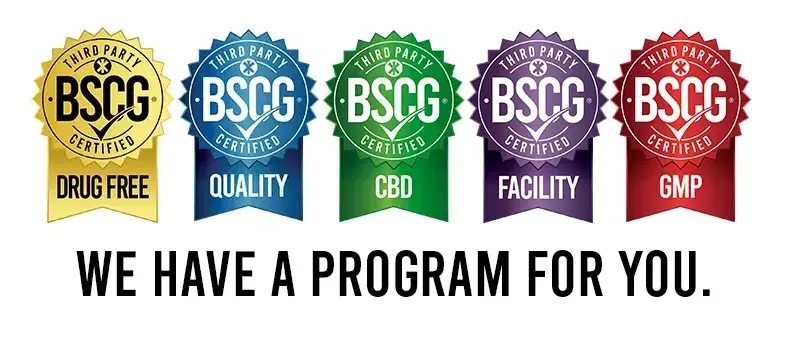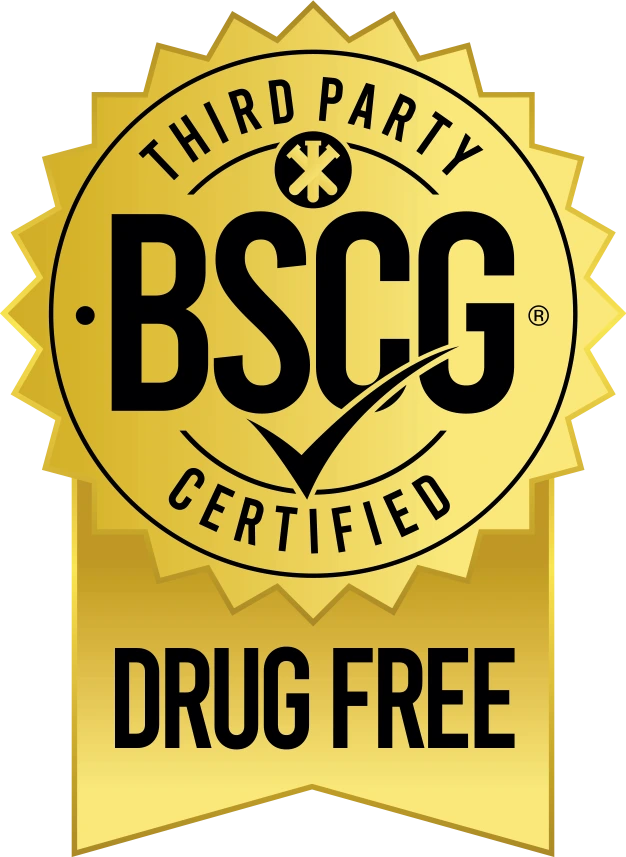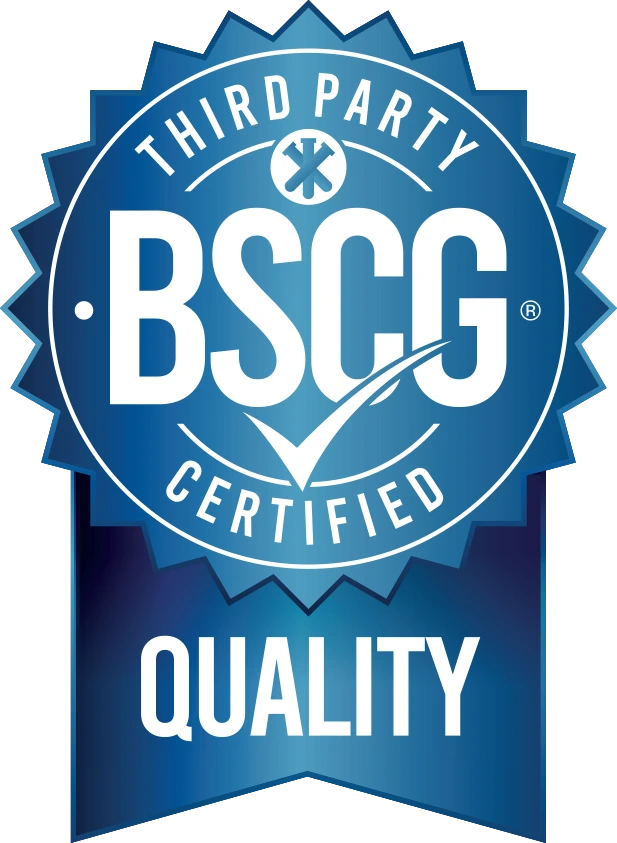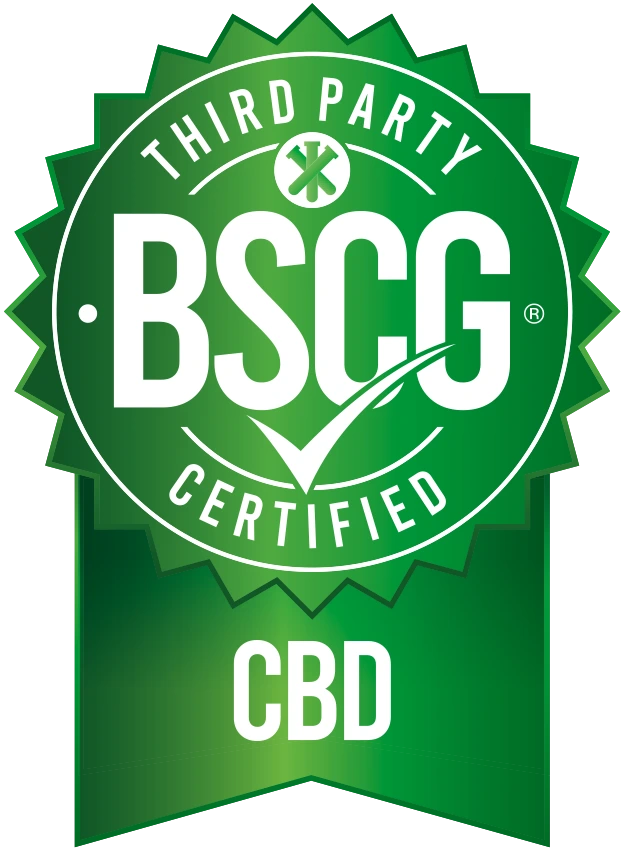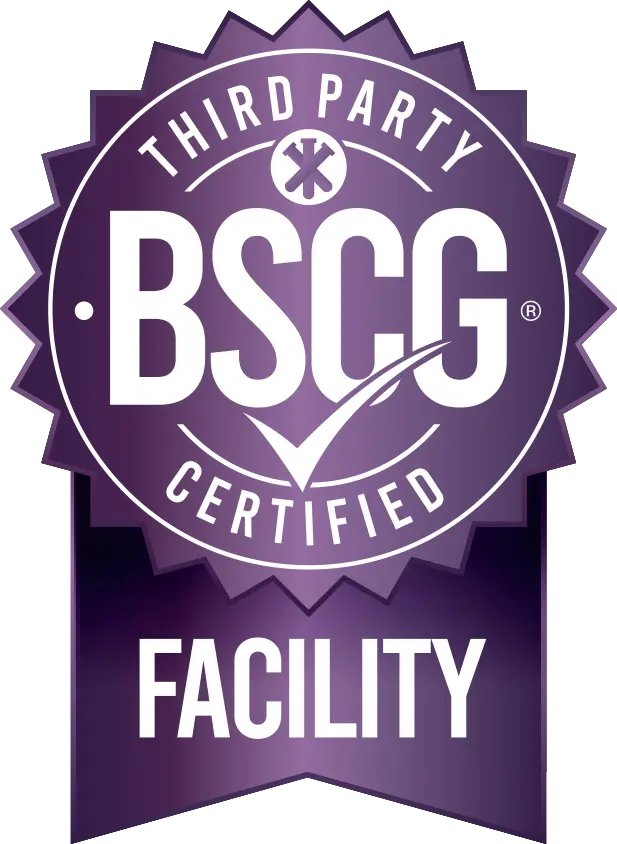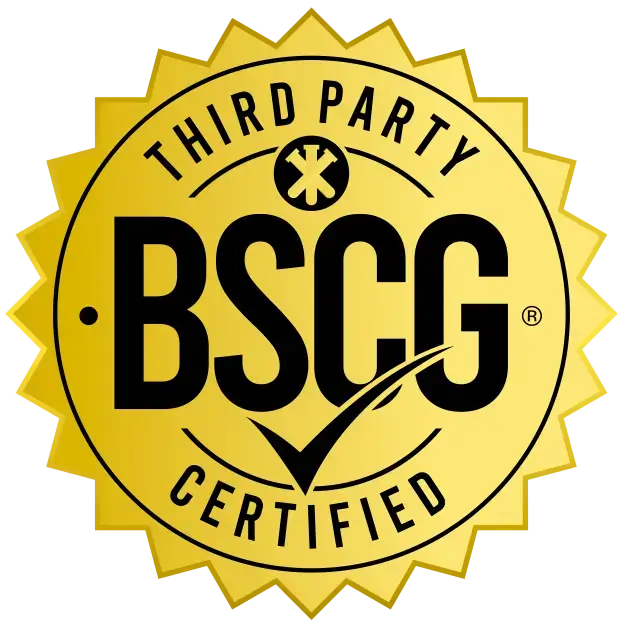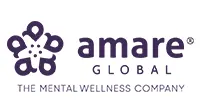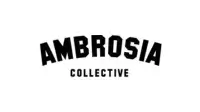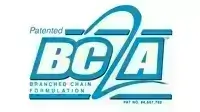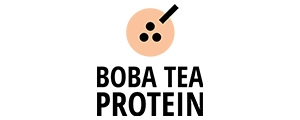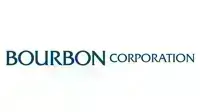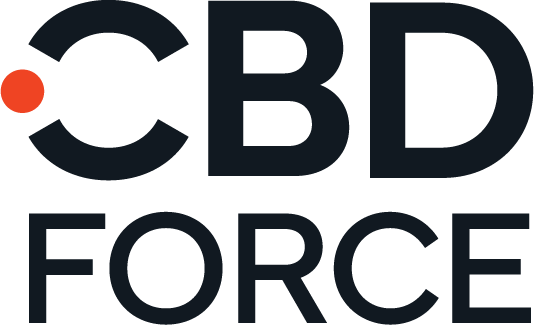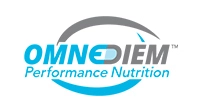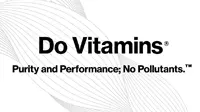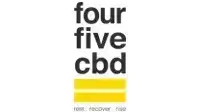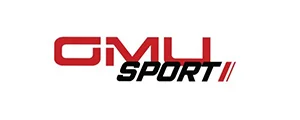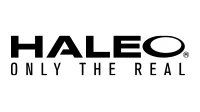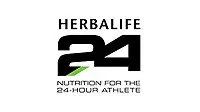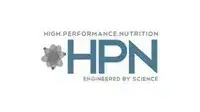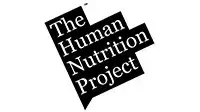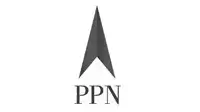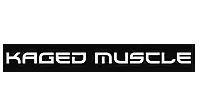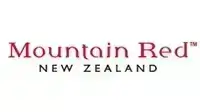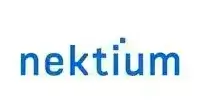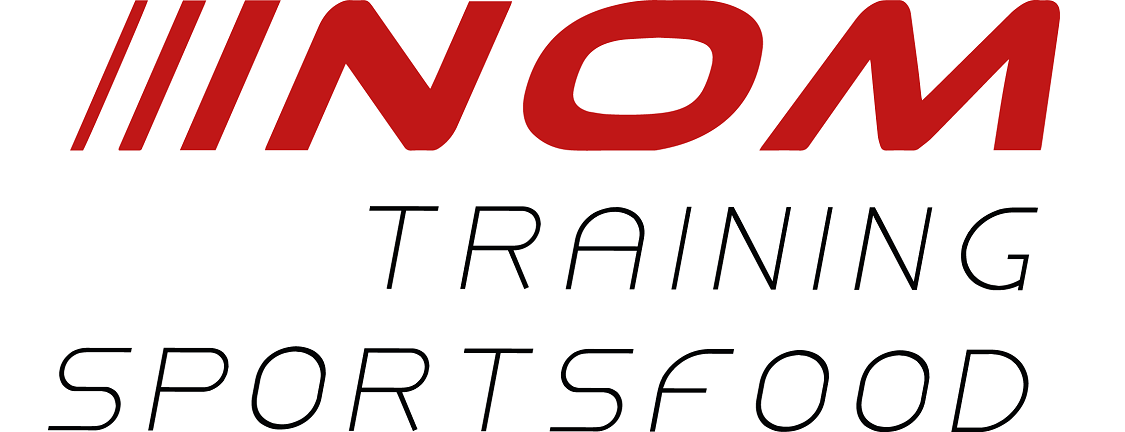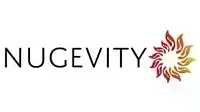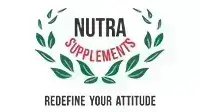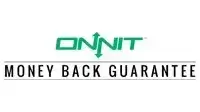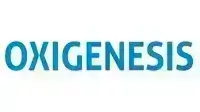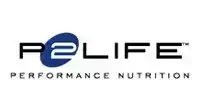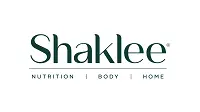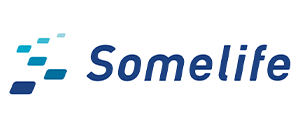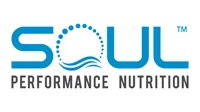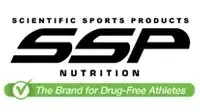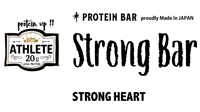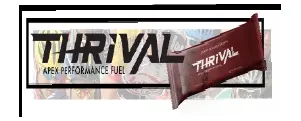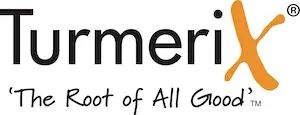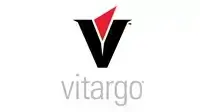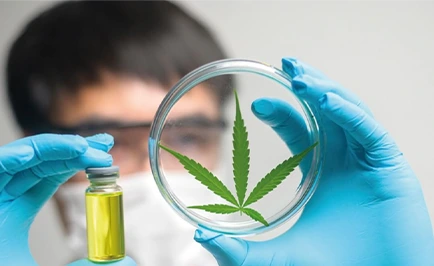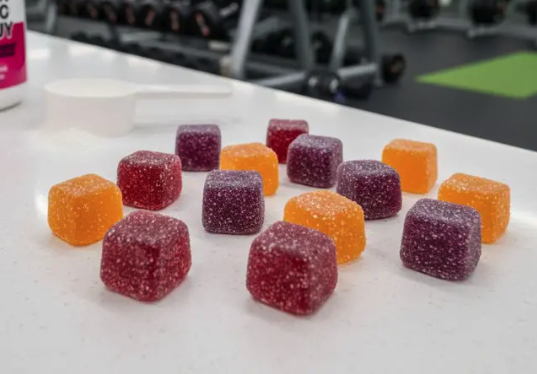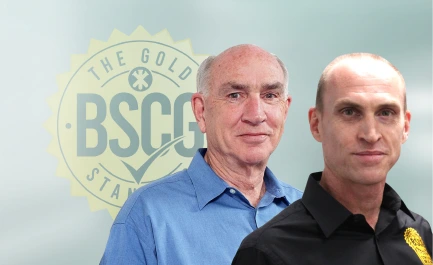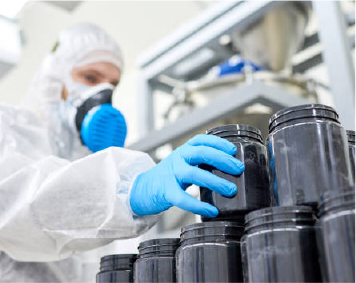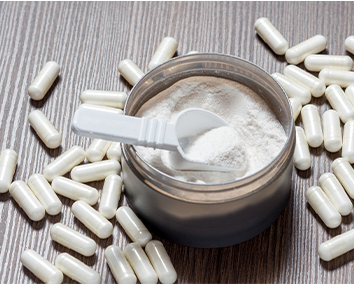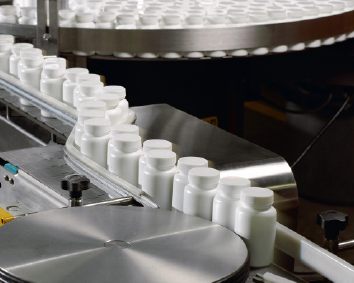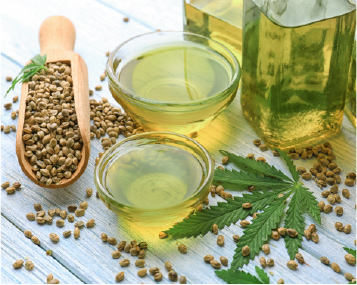The Next Generation of PEDs Isn’t a Steroid, It’s Oxygen
Sep 24, 2025
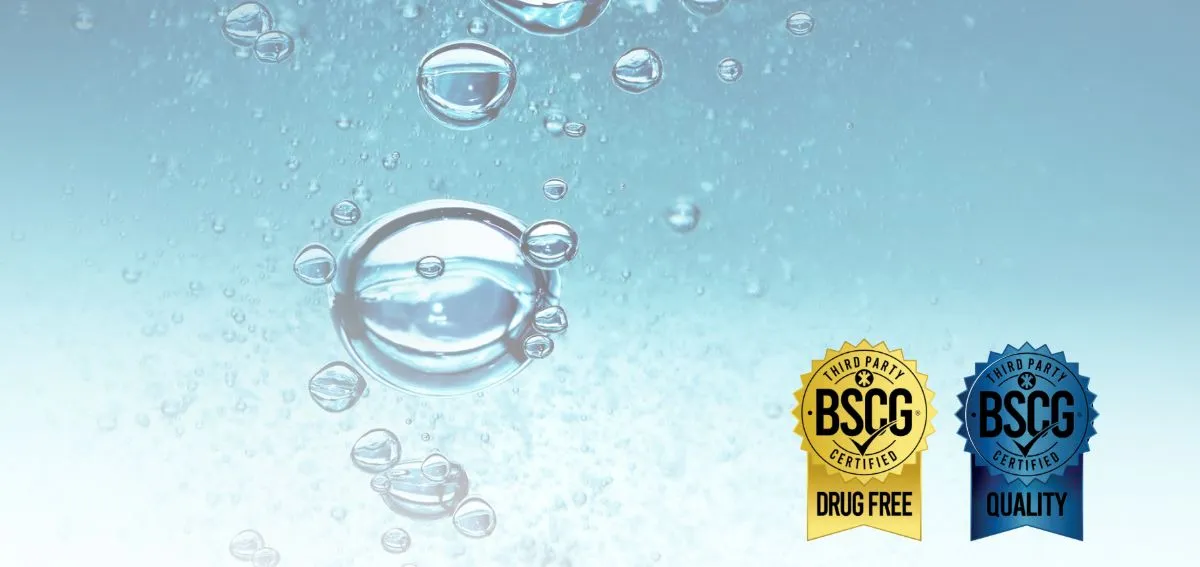
The Next Generation of PEDs Isn’t a Steroid, It’s Oxygen
Steroids and headlines might go together like scandals and press conferences. However, the performance enhancers of tomorrow are already operating in plain sight, and they’re legal to use, at least for now. A review co-authored by BSCG President Oliver Catlin in Drug Testing and Analysis explored the growing use of metabolic modulators, such as Mexidol and Cytoflavin. Designed to enhance oxygen metabolism, reduce oxidative stress, and improve mitochondrial function, these antihypoxant anti-ischemic drugs were initially developed for cardiac disease, stroke patients and cosmonauts. In short, that means they’re built to help your body do more with less oxygen. While that might be good news for medical patients, it’s just the kind of grey-zone goldmine that athletes seeking a competitive advantage may chase. That’s because these compounds, despite their performance-enhancing properties, aren’t on the World Anti-Doping Agency’s Prohibited List. Well, not yet anyway.
On the Edge of Performance Enhancement
The paper raises a question that athletes and supplement manufacturers may want to ponder: Should substances like Mexidol and Cytoflavin be banned in sport? Similar metabolic modulators such as meldonium and trimetazidine are already prohibited and have caused significant global issues since they were prohibited more than a decade ago. While these two substances are approved drugs in Russia and a handful of other countries they are not approved globally although they are widely available online. Catlin’s group of researchers noted that Mexidol and Cytoflavin exhibit pharmacological properties consistent with substances already banned in sport. These include antihypoxic effects, ATP restoration, and free radical scavenging. If you’re an athlete, they may enhance endurance, speed up recovery, and reduce fatigue. In many ways, this makes them performance enhancers in everything but name since they are not yet on the WADA Prohibited List.
Science Can’t Stay Silent. Neither Can Leadership
The study brings attention to an area that is seldom explored publicly because it highlights how substances like Mexidol and Cytoflavin blur the lines between legal supplements and banned PEDs. A recent ARD documentary, Im Windschatten, made it clear that this is often happening in plain sight. Whistleblowers described how AICAR, which some people are calling the “new EPO,” became the drug of choice in the Tour de France. It alters metabolism, allowing athletes to burn oxygen more efficiently, all while evading detection. It is specifically prohibited as a 5' adenosine monophosphate-activated protein kinase (AMPK) activator. In this documentary, Oliver Catlin summed it up bluntly. “If I were an athlete, would I take AICAR, knowing that it is on the list of banned substances? Or would I take a related product that is not on the list?” He identified 166 other substances listed as AMPK activators on one chemical company site, only four of which were on the WADA list of banned substances. The name of the game of performance enhancing substances today might not be what’s on the list, but what’s not on it. It’s becoming the unlisted compounds and legal ergogenic aids that turn human metabolism itself into a performance advantage. Understanding these grey zones isn’t always about predicting the future. It’s more about being prepared for it.
